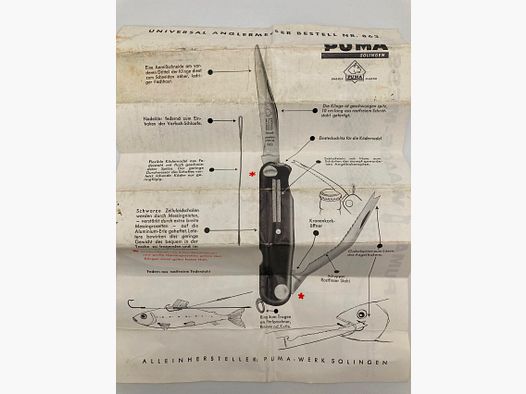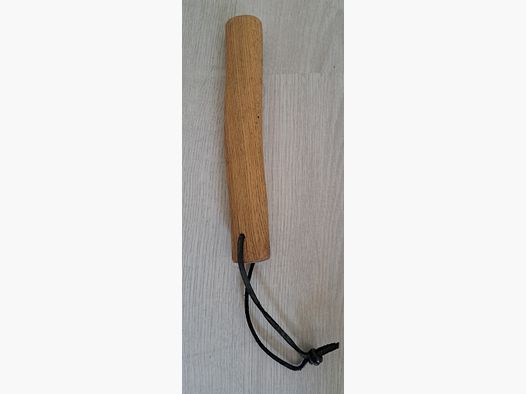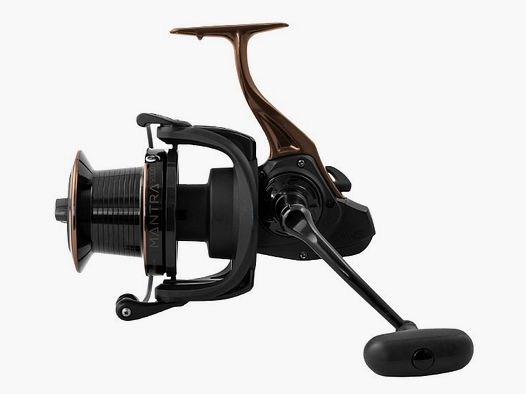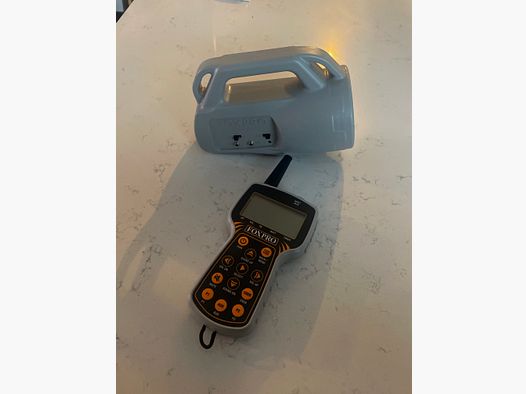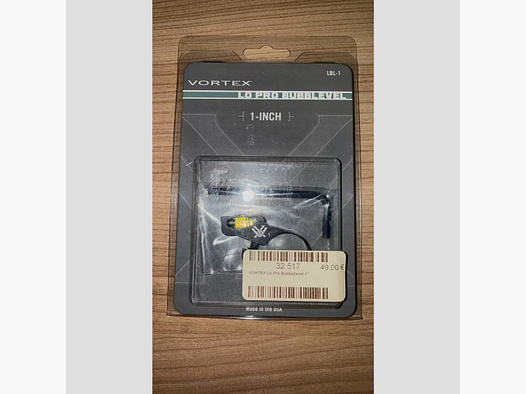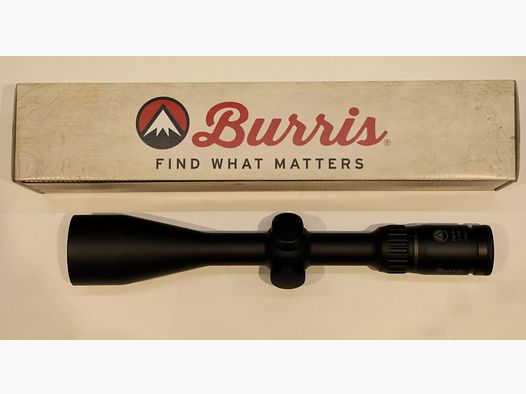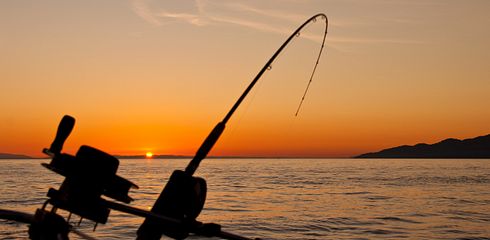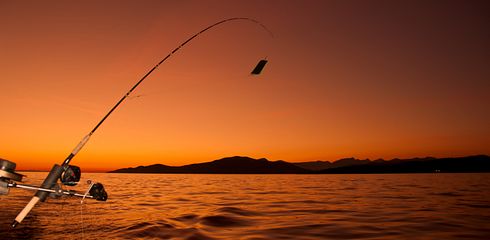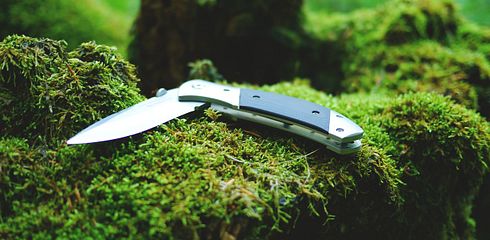When entering the world of fishing, the multitude of technical terms can initially seem overwhelming. From equipment to fishing techniques, there is a wealth of terms that are important for beginners to navigate this fascinating hobby. This article provides a comprehensive overview of the most important terms that every aspiring angler should know.
1. Fishing Rod and Reel
Fishing Rod: The fishing rod is the main tool of every angler. It comes in various lengths, materials, and actions. The "action" refers to how stiff or flexible the rod is. A fast action bends less, while a slow action offers more flexibility.
Fishing Reel: The fishing reel is the device that holds and releases the fishing line. There are different types of reels, including spinning reels, baitcaster reels, and fly reels. Each has its specific uses and requires different techniques.
2. Fishing Line and Bait
Fishing Line: The fishing line connects the rod to the bait and the fish. Monofilament and braided lines are the two main types. The breaking strength (the amount of weight the line can hold) is an important factor in selection.
Bait: Bait is lures or substances used to attract and catch fish. There is a variety of bait, including live bait like worms or artificial lures like spinners and wobblers.
3. Fishing Techniques
Bottom Fishing: In bottom fishing, the bait is placed on the bottom of the water. This technique is suitable for a variety of fish species.
Spin Fishing: In spin fishing, the bait is retrieved quickly or jerked. This is particularly effective for predatory fish.
Fly Fishing: A more demanding technique where an artificial fly is moved lightly over the water. This method is especially popular among trout and salmon anglers.
4. Fish Species and Their Characteristics
Predatory Fish: Predatory fish species like pike and perch feed on other fish. Predatory fish often respond positively to spinning and artificial lures.
White Fish: White fish like bream and roach are often found in schools. They often prefer natural bait and lighter fishing rods.
5. Water Bodies and Their Structures
Flowing Water: Flowing water like rivers and streams has a stronger current. Here, precise bait placement is crucial.
Still Water: Still water like lakes and ponds usually has a calmer surface. Here, different fishing techniques are required to outsmart the fish.
6. Fishing Spot and Time
Hotspot: A hotspot is an area that hosts particularly many fish. This can be an underwater structure, a narrowing, or an area with plenty of food.
Golden Hour: The "golden hour" refers to sunrise or sunset when the light is ideal and many fish species become more active.
7. Sustainability and Environmental Awareness
Catch-and-Release: The practice of releasing fish after catching them to preserve their populations.
Trash Avoidance: The commitment to take one's trash with them and keep the surroundings clean.
This overview of basic terms is a first step for every beginner to navigate the world of fishing. Over time and with practical experience, these terms will become more familiar, and fishing will become an increasingly fascinating and enriching activity. Tight lines and good luck on the water!




